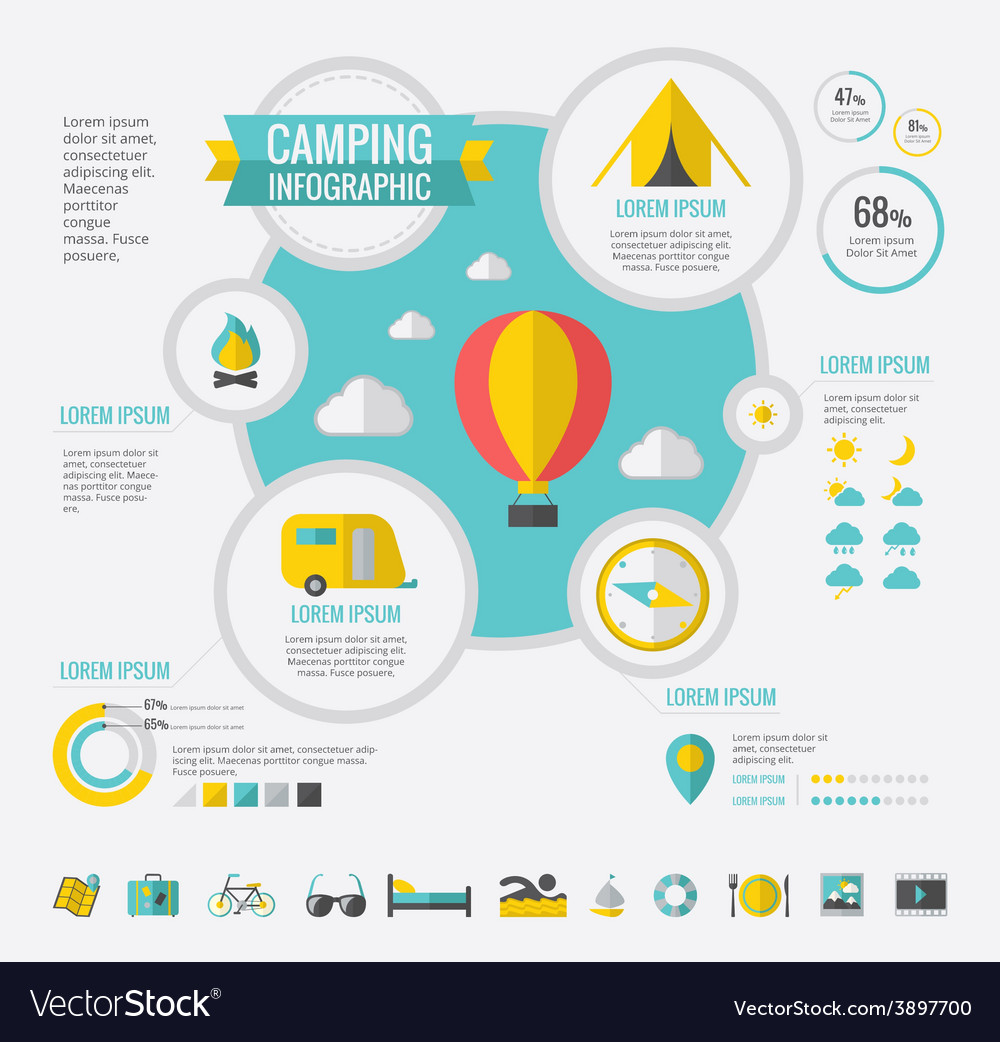Create Multiple Buyers For Your Online Camping Tents With These Tips
Create Multiple Buyers For Your Online Camping Tents With These Tips
Blog Article
Exactly How Important Are Camping Tent Footprints/Ground Cover?
Tent footprints are a great method to shield your tent flooring from abrasions and expand its practical life. Mostly all equipment suppliers supply their very own brand-specific footprints that are developed to match their specific tent versions.
How long does a canvas tent last?
This tailored method supplies simplicity of arrangement and reduces the threat of rainwater seeping in with the joints.
What are they?
Tent impacts (additionally known as outdoor tents ground sheets or under tent pads) supply a layer of defense between the base of your camping tent and the exterior environment. They secure your outdoor tents from sharp objects, wetness, and unpleasant surfaces.
A lot of outdoor tents producers use their very own branded footprints created to fit seamlessly with their assigned sanctuary versions. However, these are usually pricey and relatively heavy contrasted to do it yourself options like Polycryo or Tyvek.
Footprints are usually made from sturdy, waterproof materials such as polyurethane, nylon or silnylon. For ultralight backpackers looking for to decrease pack weight, there are also lightweight, high-strength choices made from Cuben Fiber (Dyneema). It is necessary to pick a footprint that's slightly smaller than your camping tent to stop rain from dripping down the sides of your shelter and funneling beneath you while you rest-- no person intends to wake up in a puddle! A footprint is a beneficial addition to any type of outdoor camping journey. It aids ensure a long lifespan for your camping tent while adding comfort and comfort.
Exactly how crucial are they?
Outdoor tents impacts shield the base of your tent from abrasion and moisture, helping to extend its lifespan. They're typically made from water resistant and dirt-resistant materials like polyethylene or a light-weight oxford polyester, though the denier of the material will certainly vary (the higher the denier number, the thicker and burlier).
A lot of impacts are made to precisely match the shape of your camping tent's floor, which assists reduce material waste. Numerous have grommets or loops through which you can weave guylines for tension and stakes, ensuring that the footprint is securely held down.
If you camp in harsh surface glamour tent or locations where there's a great deal of downed branches and sharp rocks, an outdoor tents impact is well worth the added weight and bulk. But if you regularly camp in completely dry, sandy or rough problems, an impact may be overkill. A tarp is a better option in that case.
Do you typically load one?
If you're camping on a really level surface area where rocks and sticks aren't a concern, a camping tent footprint probably isn't necessary. If you are in the backcountry with a great deal of harsh surface, a footprint can make life much easier.
Impacts are generally sized a little smaller sized than the base of the camping tent. That's because a larger footprint would capture rainfall and funnel it under the tent, where you could awaken in a pool.
Nevertheless, footprints can be pricey and hefty if you purchase one from the producer of your tent (the Big Agnes Tiger Wall surface UL 2 footprint, for example, costs $70 and considers six ounces). You can save cash and weight by making your very own DIY footprint by reducing a piece of Tyvek or other waterproof textile to the precise dimensions of your sanctuary. You can also add grommets for very easy accessory. The primary benefit of an impact is that it assists to protect the flooring of your backpacking camping tent from abrasive components such as rocks and branches.
How do you maintain them clean up?
A producer's impact can include significant weight to your sanctuary system and if you're an ultralight backpacker attempting to save every ounce, it could not be worth it. For this reason, several backpackers will use a do it yourself groundsheet that's made out of something like Tyvek or Polycryo and suffice to size for their tent impact.
This option is reasonably economical and will protect your outdoor tents from wetness, rocks, thorns, sticks, etc, while additionally assisting to maintain the bottom of your outdoor tents completely dry.
If you do decide to acquire a footprint, make certain it's created specifically for your details camping tent as this will help in reducing water pooling around the sides of your shelter. For example, if your camping tent footprint is as well huge and extends past the side of your rainfly, it will gather rainfall which can leak right into lighter-weight camping tents and potentially wear down the flooring. Make sure it fits your camping tent fairly comfortably to prevent this.
How do you keep moisture out of a tent?
